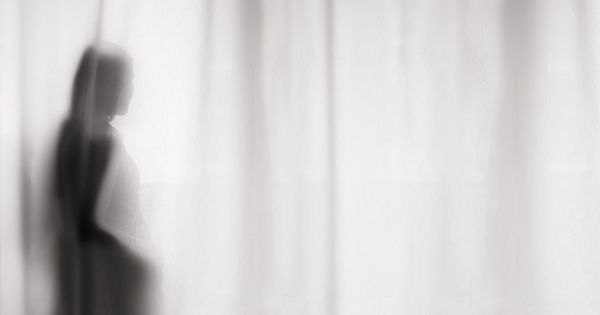
In the high Buddhist practice of Dzogchen [ZOAG-chen] there is what’s known as the second veil, a barrier between us and the full wakefulness of reality. In modern psychological terms the second veil is formed by core traumas, often from early childhood, that calcify into beliefs that cause us to see the world through a distorted prism. (The first veil, for those keeping score at home, comes from temporary mind states, such as freak-outs or meltdowns, that temporarily cloud our ability to see.)
The second veil can be tricky to talk about because we can’t know it’s there—that’s why it’s a veil. It can be even trickier to work with. But if we don’t, our lives are run by the most damaged parts of ourselves, controlling us from the shadows and keeping us out of sync with reality. This can extend from blindness in love relationships to denying climate change.
A second veil I had growing up was the idea that boys were bad and girls were good, a view as unshakable as it was simplistic. Evidence abounded: boys (never girls) getting in trouble, their sloppiness, violence, the hairiness of men, the ugliness of penises. I contrasted this—endlessly—with the gentleness of girls, the smoothness of their skin, refinement of their handwriting and their clothes, the goodness of mothers. Evidence to the contrary, such as the kindness of certain boys or the brutality of certain girls, was momentarily seen but then wiped away, like rain from a windshield. That windshield was the veil I cultivated: envying girls as a channel for my own femininity, despising boys out of my displeasure at being male.
The veil was fully in place when I got to college, where I encountered radical feminism, in the form of furious women openly stating their hatred for men. In classrooms and at parties, I was put on notice that I was a “potential rapist,” which might be the most disgusting thing anyone’s ever said to me. (They also bullied other women, pressuring them not to shave their legs or wear make-up or have boyfriends. Feminism’s mantra—“the personal is political”—could just as well have served the KGB.) I support every goal of the women’s movement—naturally—but to this day I avoid the banner of “feminism,” a current strand of which is hideously transphobic.
And yet I owe these people a debt of gratitude: they were tugging at the veil by giving me an opportunity to see females at their most aggressive and ugliest. The deepest insult of all came from being targeted and blamed as a male. Long before I could call myself trans, my body felt sick to its guts from being misgendered. I vaguely sensed it wasn’t just about these women, who had their own traumas and second veils to contend with, and some no doubt had been raped by men.
Second veils can seem intractable, but the good news is they vanish as soon as they are seen. They can return, and start to re-solidify, but they get weaker and weaker if we continue to tear through them. No gender is inherently better or worse or more desirable, I keep reminding myself. Or as Hamlet put it, “There is nothing either good or bad, but thinking makes it so.”

